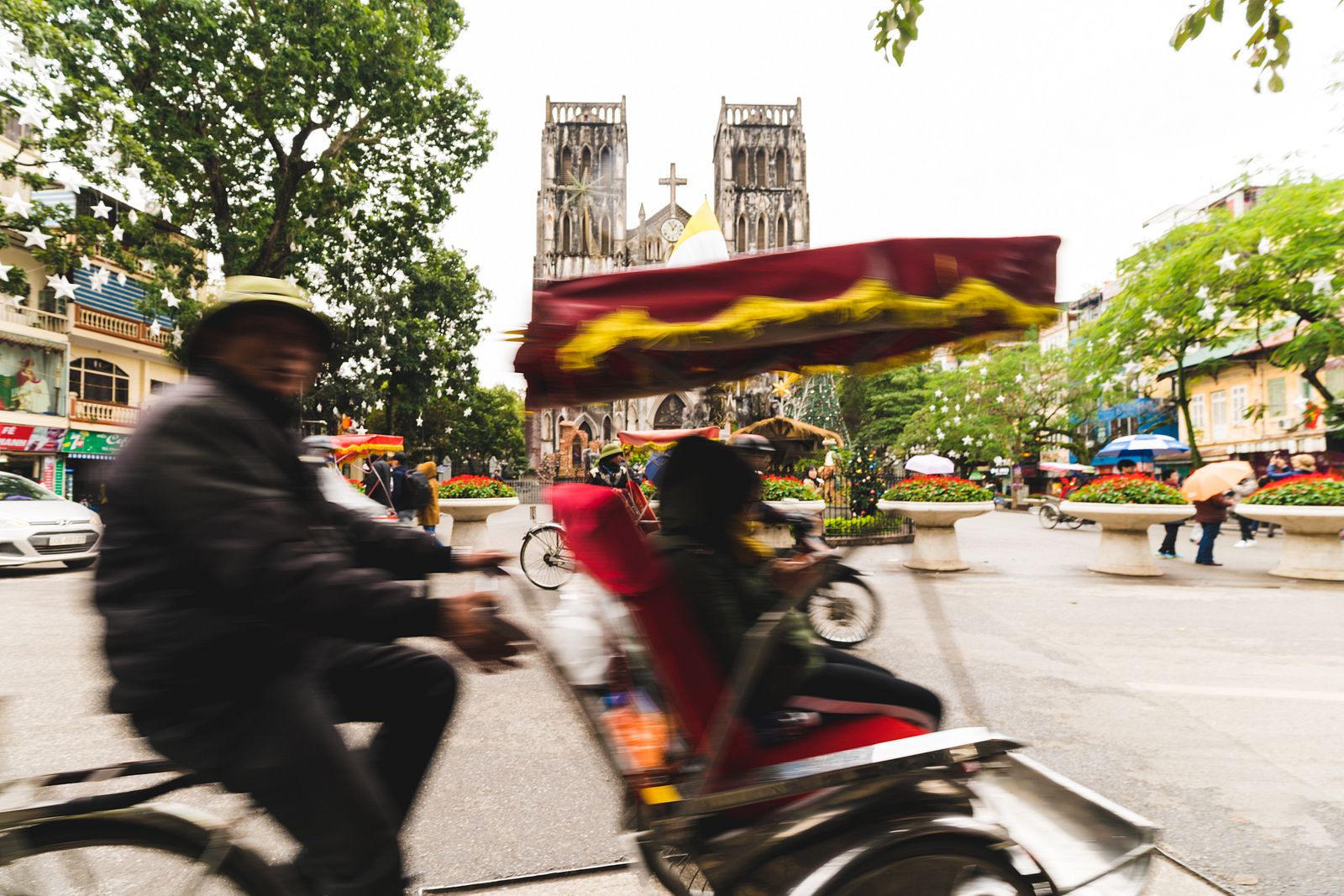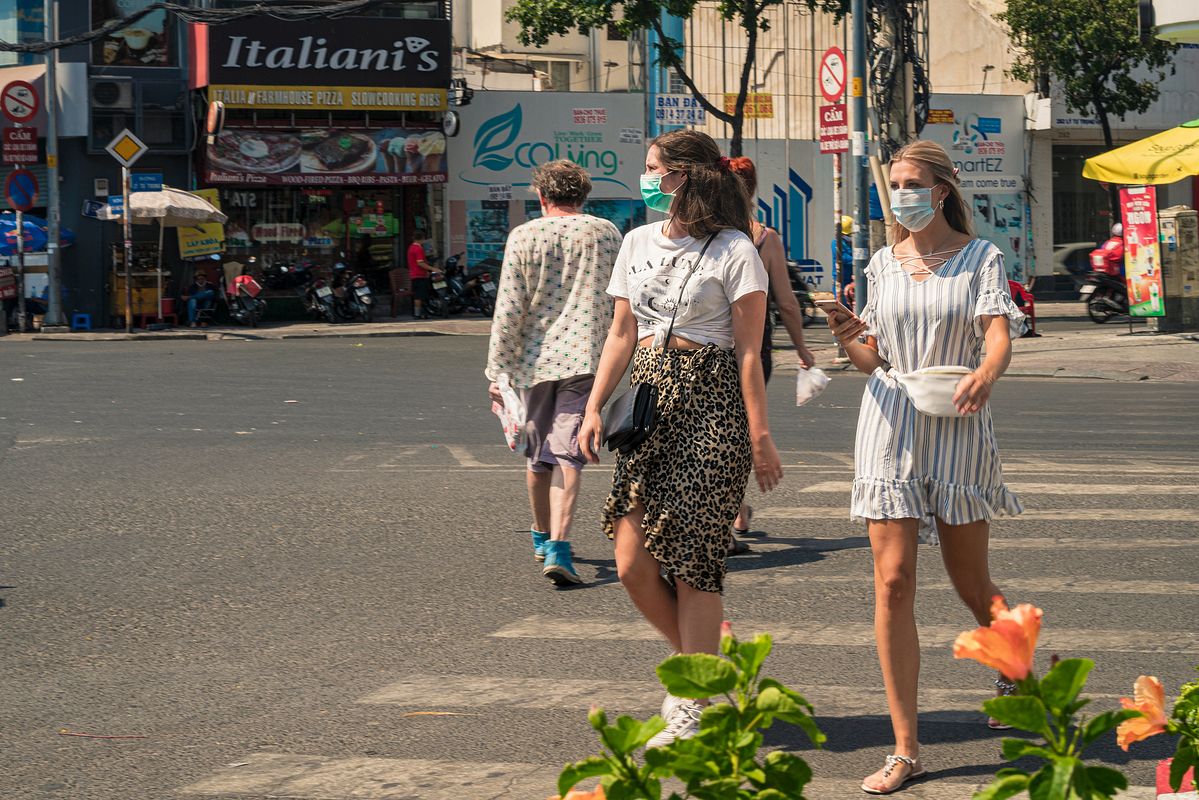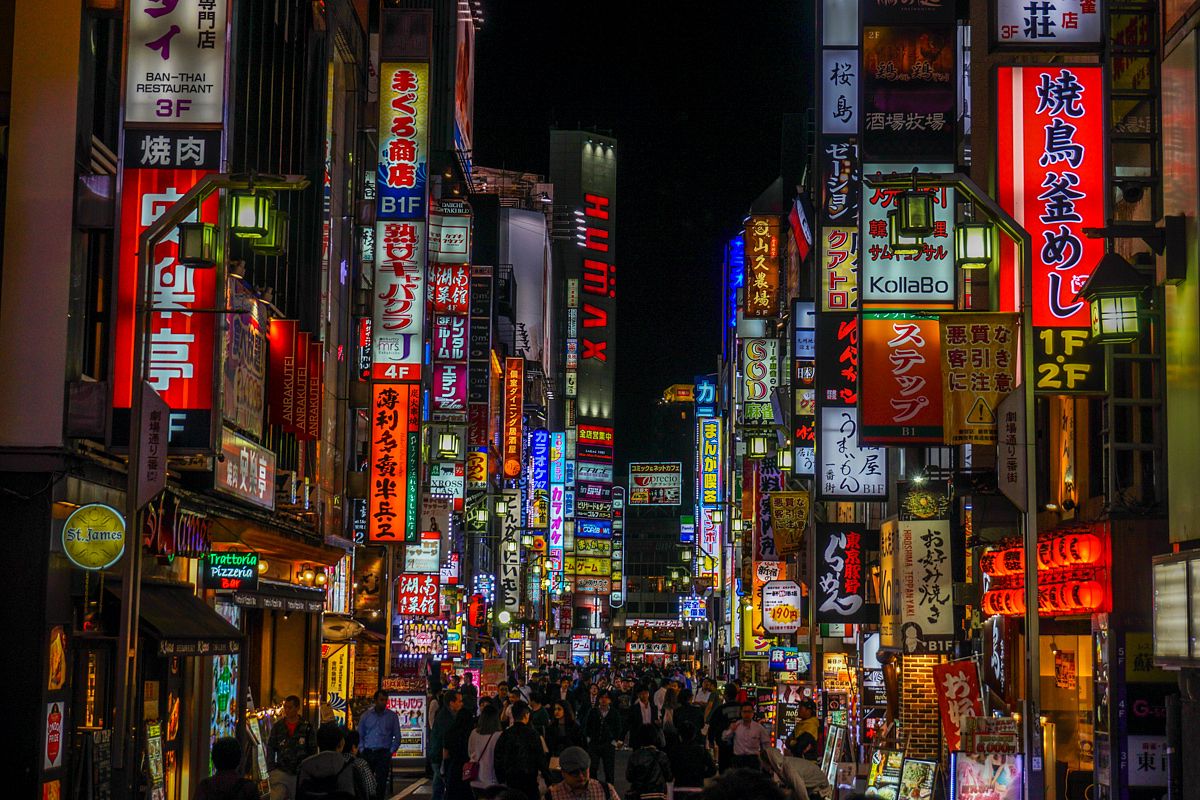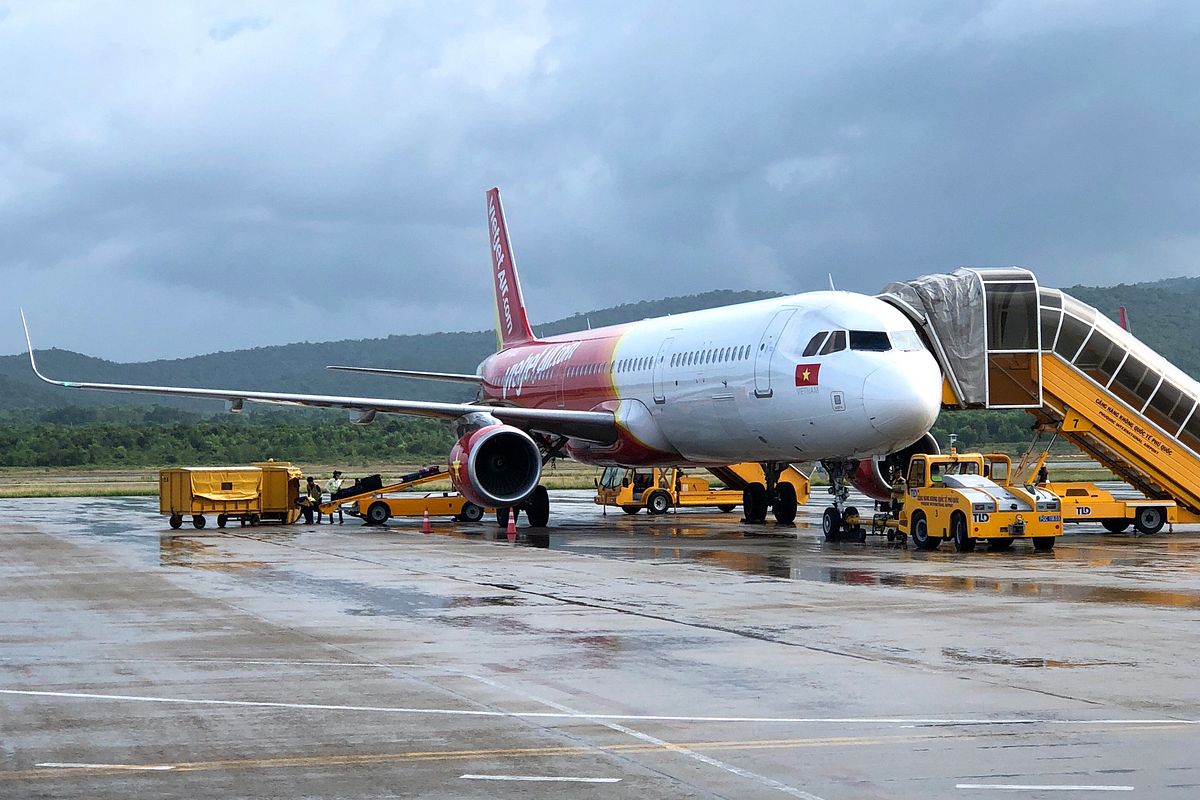In the days before our lives were disrupted again by the pandemic, I was fortunate enough to visit the remote beauty that is Phu Quoc and its many ivory beaches. On my trip, I also had the opportunity to meet with the crew members of a cruise ship whose lives and livelihoods have risen and fallen with the tides of this touristy haven.
Editor’s note: The following article was completed before the fourth wave of COVID-19 escalated in Vietnam.
Located in the small township of An Thoi, Kien Giang, Bãi Sao (literal: Starry Beach) is considered to be one the most beautiful beaches in Phu Quoc. Prior to the pandemic, it attracted several hundred of thousand foreign and domestic guests each year.
As visitors’ expedition demands increased, privately-owned cruise ships took sail. Through these ships, operators organize trips and activities, where tourists can try their hand at catching squids and swordfishes, or dive under the water to explore the majestic coral reef below.
The ship I visited that day was one of the older ones, having been in service for more than a decade. It had a capacity of around 50-70 passengers, which was a lot and thus had to be anchored far from the shore. I and the other passengers had to take small boats to reach it.

The ship’s seasoned crew seemed to know everything about the vessel and its surroundings: the guests, the waves, even the wind. Having lived and worked on-site for years, they rarely go back to land, as they have gotten used to being adrift, they explained. But their attachment to the sea has become much harder with prolonged absences of visitors. In what should have been a prime business season, the crew faces uncertainty from the pandemic.

The crew members were muscular men in their 30s to 60s. As the sun hung high on the azure Phu Quoc’s sky, the crew swiftly raised the ship’s anchor, and we were ready to set sail. With the same routine swiftness, the crew would later prepare for us the most mouthwatering, hearty seafood dishes.
Out of curiosity, I asked the crew members why there wasn’t a woman among them. They reasoned that the working conditions on a cruise ship were harsh, and local men were already used to the brutality of the sea, so it was fitting that they were the ones to pick up the job. “Plus, we’ve been on this ship for so long now. We can cook, wash, clean, and do whatever ourselves. No need to bother the ladies."

As we steered further away from land, the heat of our tropical sun increased, and the ocean was glistening with breaking waves. On deck, crewmen went about their usual routine of showing passengers around - here was the bathroom, here was the resting area, and here was the safety pamphlet. With safe and sound measures established, they began sorting out fresh ingredients and made dishes at the request of guests.

Mr. Năm, a native of Rach Gia, Kien Giang, said he had been working on the ship for about a month. Before that, he used to work on a fishing boat. “A fishing trip often lasts for months. The business was hard but not that profitable, so I had to move to Phu Quoc to make a living."
Năm said with a husky drawl that he and his wife and two children were still back at their home in Rach Gia. Due to circumstances, both of them dropped out of school to make ends meet. Năm ended up moving to Phu Quoc in hope of improving his family’s situation. Whenever he manages to save up a decent sum of money, he sends it to his wife to cover expenses and uses whatever amount is left to support himself.

Meanwhile, Mr. Kham has a longer history with the vessel. Born in Phu Quoc, Kham has been working on the ship for the past 10 years. As he cooked up a delicious meal for our crew, he told me that he hardly goes back to land anymore because his daily activities all take place on deck. Even the shopping is done by someone else: ”Every morning, my relatives would go to the market and buy stuff for us to cook.” Fresh ingredients are abundant and provided daily. The local market is also right by the port, which means a grocery haul is deliverable within an instant.
The number of times Kham goes on land in a year could be counted on the fingers of one hand, and trips are mostly made only when personal supplies run out. The crew stores fresh water in large barrels, which last for about a week of use. At the beginning of the week, the ship’s owner would refill the containers using a long pipe. The replenished water would then be used for all purposes — hydration, bath, or cooking.

In just 30 minutes, large baskets full of shellfish and snails were prepared, and the crew flocked into the kitchen to cook. In a narrow space of 4 meter square that can fit solely two people, Kham, sweating profusely, was carefully grilling green mussels per the request of a passenger. Since the crew's monthly salary is only 2 million dong, their income relies on tips from additional services like squid fishing or special orders. Needless to say, Kham became a guest-pleaser, fulfilling their every gastronomical wish.

My fellow passengers and I couldn't help but marvel at the culinary poetry happening in front of our eyes — our three crew members fastidiously prepping every ingredient and whipping up plate after plate. "You just get used to doing it. When you’ve lived on a ship for this long, you know how to do everything,” said Kham as he drizzled mỡ hành over the green mussels. The sizzling sound echoed from the kitchen.


Dozens of servings like this are delivered to customers at very affordable prices, averaging between VND10,000–30,000 each. Mr. Quan, another crew member, always checks the number of servings before delivering them to guests. He said that in normal times, they sell about 50–80 servings per day.
Guests are also served lunch and dinner on board. The menu is fixed with a steady appearance of steamed rice, braised fish, fried fish, fried vegetables, fried eggs and sour soup. Due to limited kitchen resources, Kham said it is difficult to make anything more sophisticated, but guests seem to enjoy these frugal dishes regardless of their simplicity.

Leaving the smoke-filled kitchen, I climbed up to the ship’s second floor. Near the bow was the crew's bedroom. It was extremely small, only about 6 meters square, barely enough for 2-3 people to lie down. In the booth, there were pillows, life jackets and personal items stored in suitcases or bags. Other than that, there seemed to be nothing else: no TVs, no fans, no personal objects.

When asked if life on the ship was hard, everyone thought for a while, then shook their heads. They reasoned that they have adequate food to eat, clean water for showers, and medicine when needed for routine matters. Explaining their routine: “At night, when the freezing sea wind blows, we have to close all the doors, pad the floors with life jackets and cover ourselves with blankets to sleep. It’s just what we do here, we don’t abandon our ship," said Kham with a smile.
There were times when the storm and the sea got too rough, and the ship had to be docked. Everyone on board became restless with how unfamiliar it felt. Life on board is not a solid constant like it is on land, but it’s what they stick to in order to sail on the sea, even amidst these somber times.

As a cruise ship, they can only carry passengers and operate sightseeing and experience tours. Fishing or any other purposes are out of the question. Nam contemplated: “This ship is only used for tourism, not for fishing, so if the pandemic continues [forever], the ship will cease to be.” During the first outbreak of 2020, the ship was docked for over four months due to Vietnam’s nationwide social distancing.
For more than a decade, the ship’s workers and residents have been persistent to keep it running. In the days when the tourism industry falls into a state of despair, and visitors become increasingly sparse, each passenger who boards the ship provides a beacon of hope for the future ahead.

As Kham told me: "If you told me to go back to land right now I wouldn’t be able to do it." And so these resilient men continue to weather the storm just to sail one more time with their ship. A lifetime adrift, this is how they work, and this is how they live.
Darkroom is a Saigoneer series documenting the beauty and stories of Vietnam and beyond via photographs. If you have a compelling story you wish to share, send us an email via contribute@saigoneer.com.














